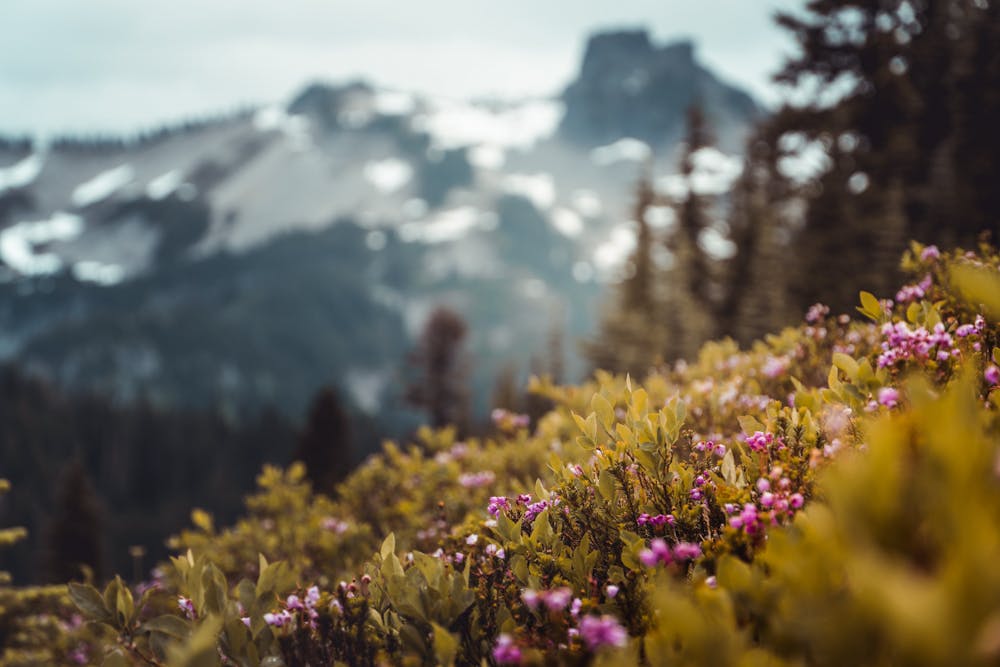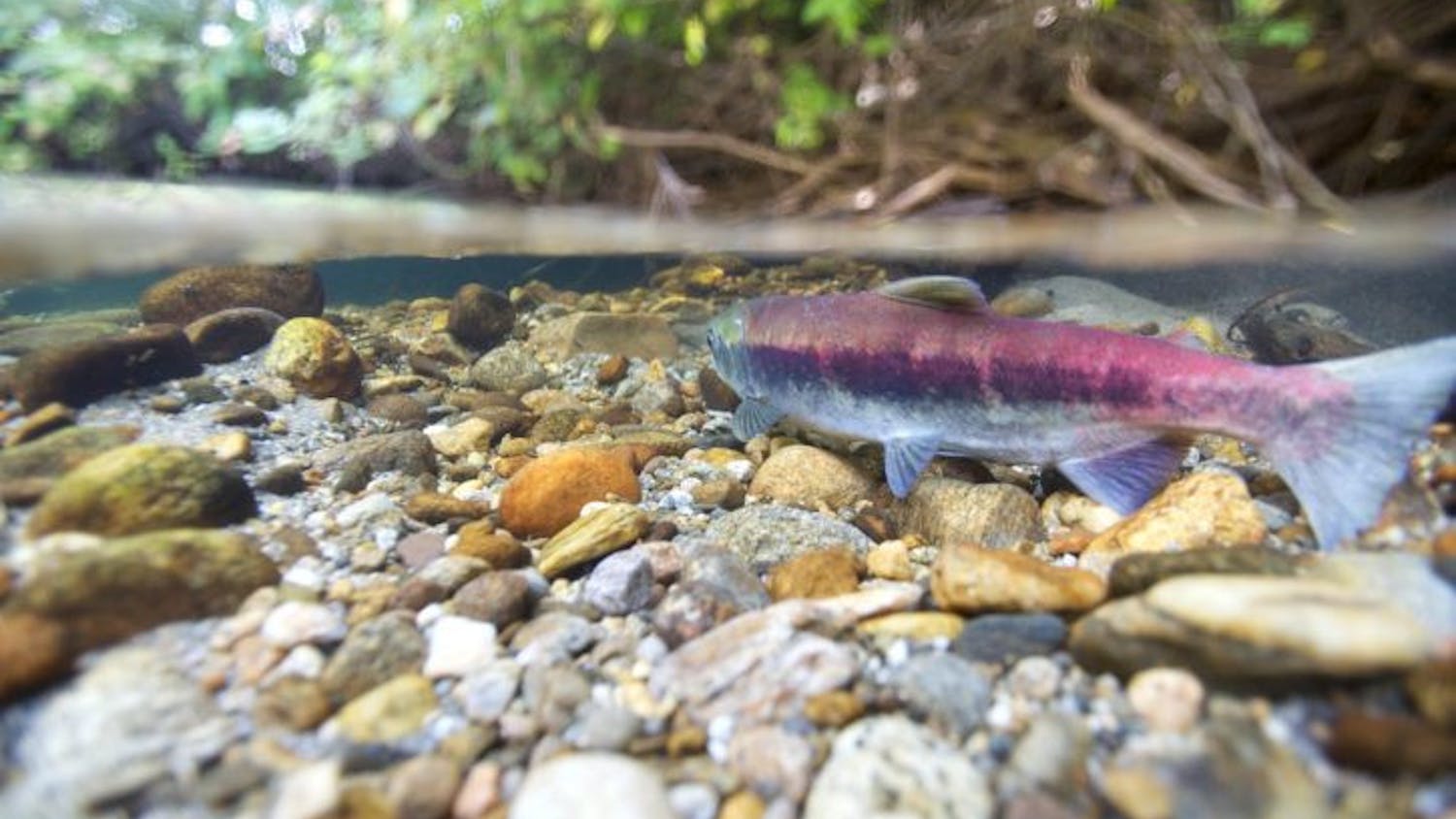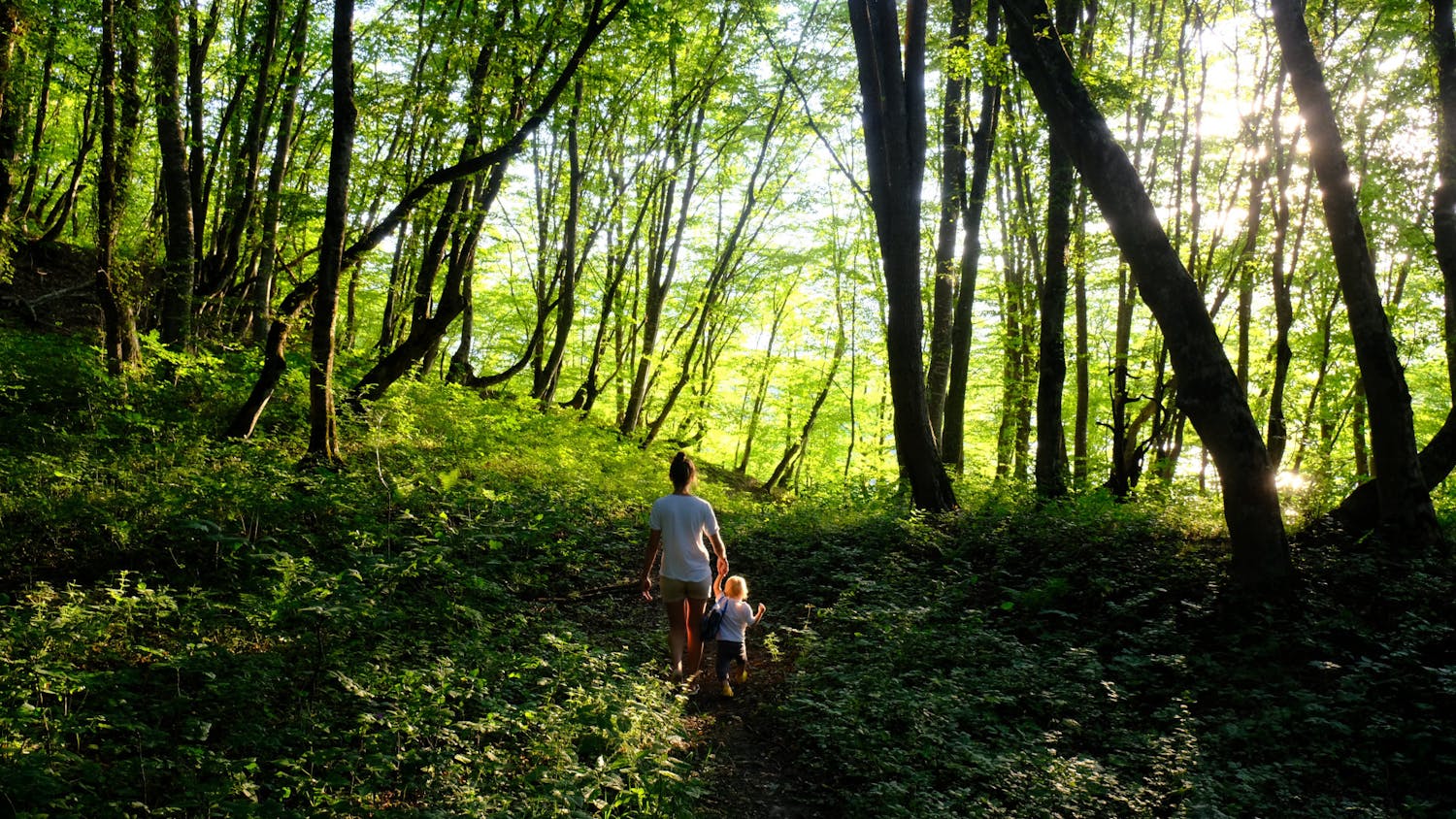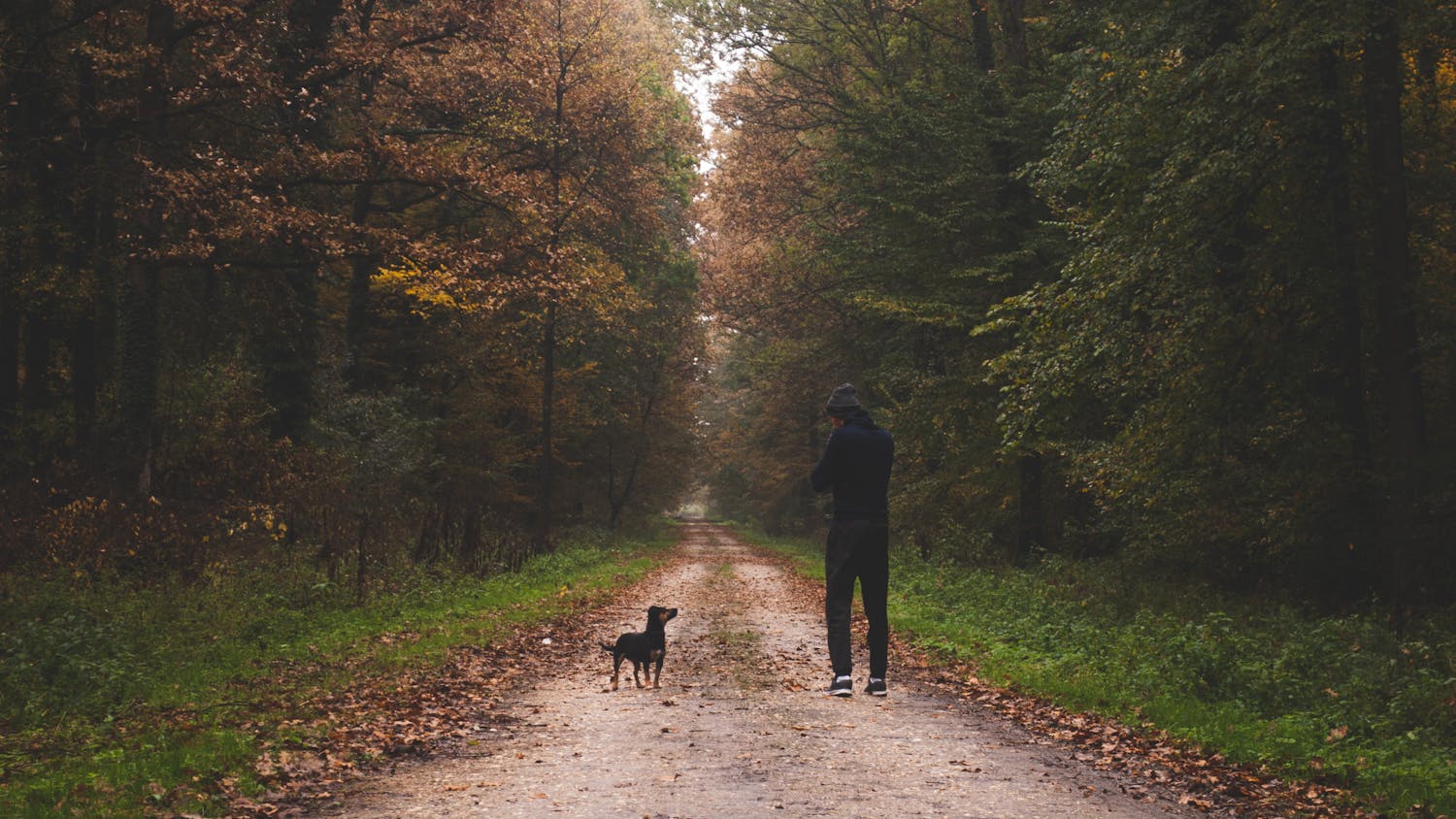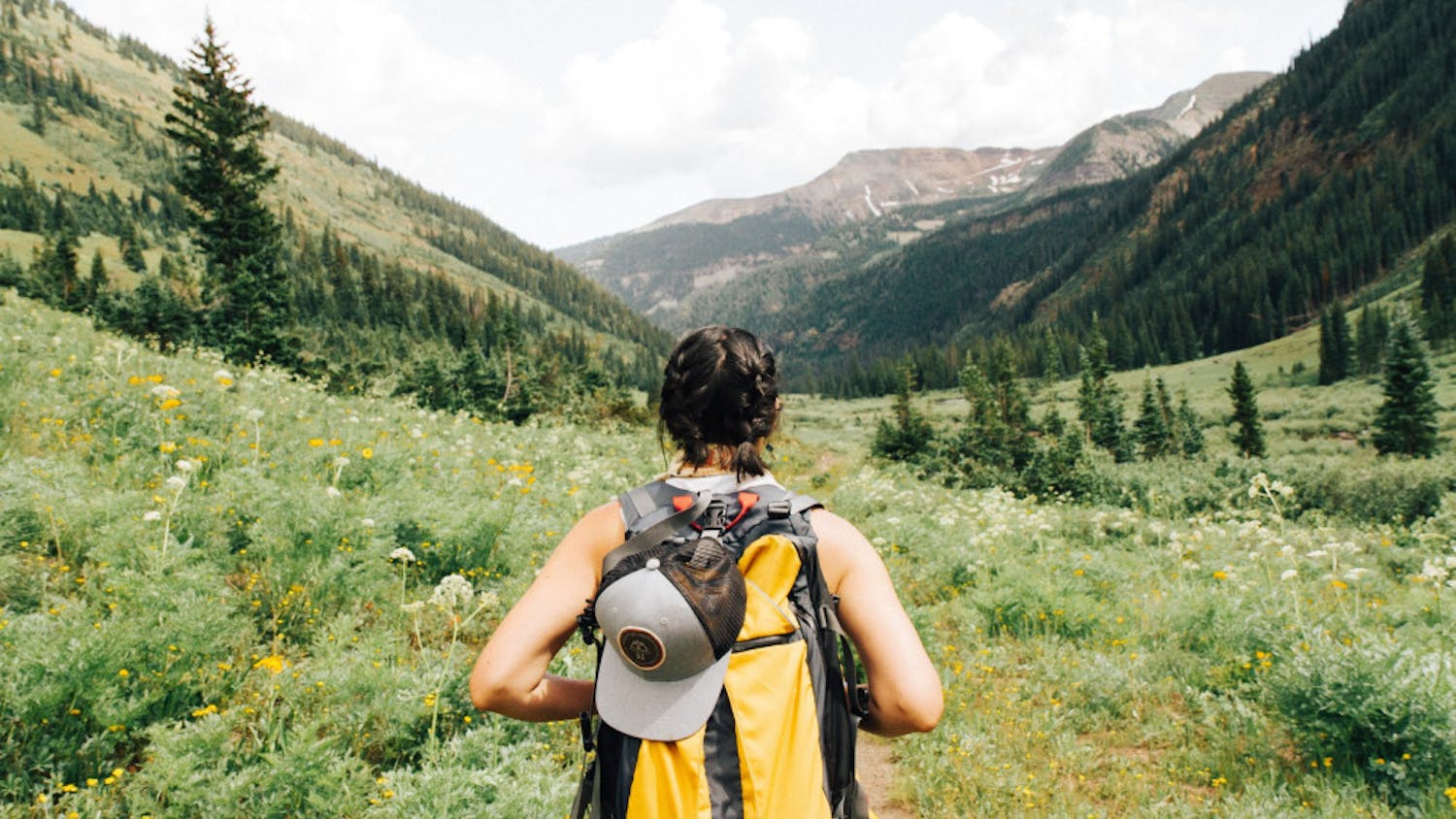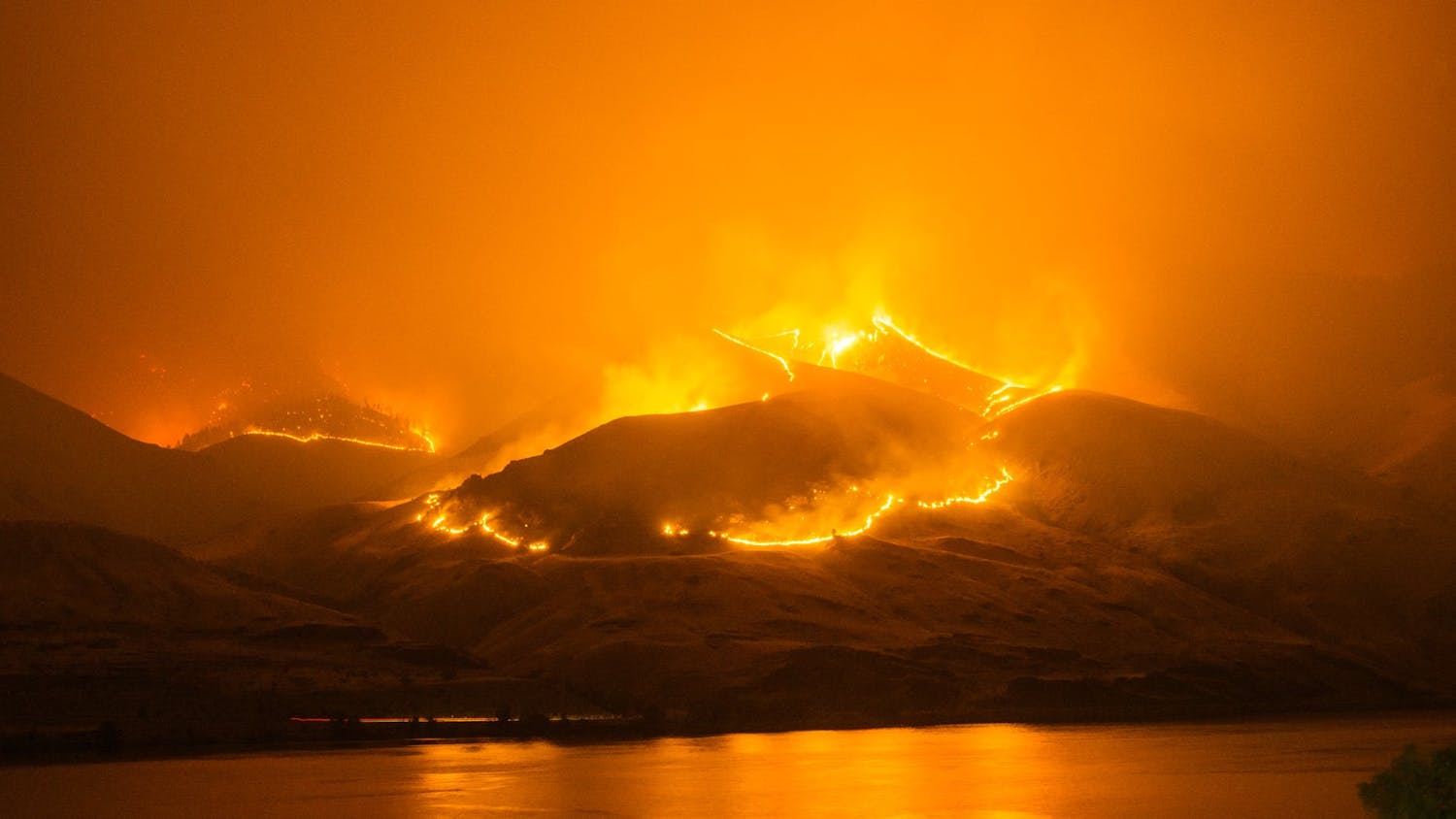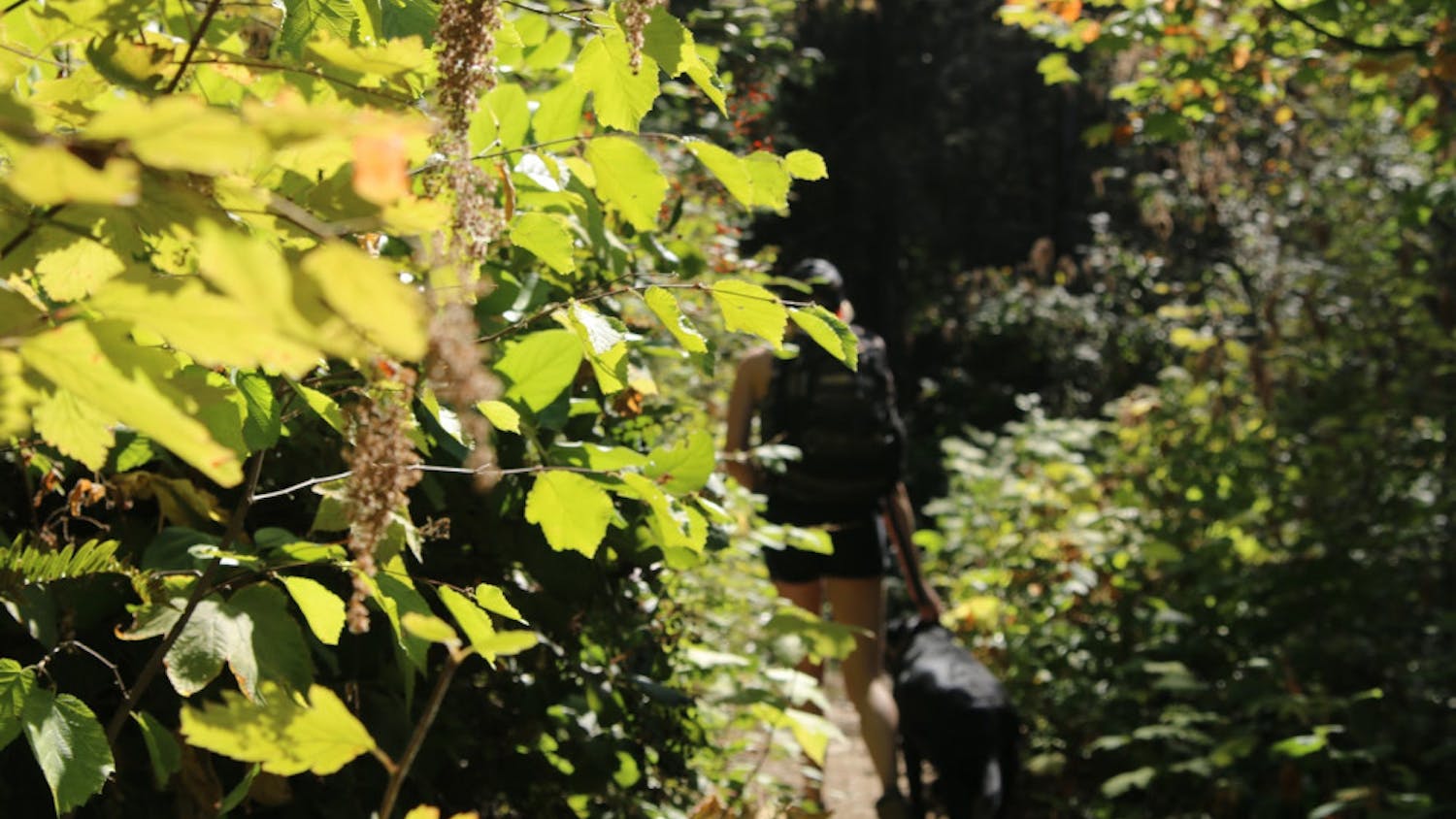Time outdoors can provide opportunities for socialization and exercise, boosting moods and leading to positive changes in mental health. With COVID-19 sending record numbers to parks and trails, here are some expert tips and less trafficked spots for those who want to skip the crowds.
Western Washington has seen an explosion in trail use over the last year. According to statistics from the Washington State Parks agency, trailheads like those in Olallie State Park saw as much as a 50% increase in foot traffic from 2019-20.
“We’ve been seeing exponentially higher numbers of visitors, to the point where we weren’t really prepared,” said Colton Whitworth, public affairs officer for the U.S. Forest Service’s Region 6.
According to John Keates, assistant regional manager for the Northwest Region of Washington’s State Parks, foot traffic at Twin Falls Trail inside of Olallie State Park forced visitors to park over a mile away from the start of the trail.
Whitworth and Keates both offered valuable tips for all experience levels to help beat the crowds and better enjoy Washington’s 22 million acres of forested land.
1. Avoid the highest trafficked days entirely.
“Try to go on weekdays just because you’re not going to find anything that probably won’t be crowded on a weekend,” Whitworth said. While finding time off during the week may be challenging for some, Whitworth alluded that it would increase chances of finding parking and or less crowded trails.
2. Find areas a bit further off of the beaten path.
“What I would say is just try to go on a weekday and try to find something that’s maybe just a little outside of those main corridors,” Whitworth said. Main corridors include areas directly off of major interstates and freeways, as well as resources close to densely populated areas like Bellingham or Seattle.
3. Avoid locations made popular by social media posts and close to the city.
Whitworth stressed the role of sites like Instagram and TikTok in driving traffic to some of the easiest accessed and most beautiful locations. “If [there is] that pretty Instagram picture of it, that’s something that’s pretty close to Seattle,” he said. According to Whitworth, these closer locations tend to draw greater crowds thanks to the accessible nature of their beauty.
4. If you absolutely need to go on a weekend, go early.
“I would say that if you are going to go, go as early as you can,” Keates said. “If you expect to arrive at 10 a.m. on a Saturday, you may not find a parking space.” According to Whitworth, insufficient parking presents several issues, preventing access by emergency personnel and blocking off entrances to private property or side roads.
5. Utilize online or phone resources to determine crowds and conditions before you go.
“We try to send most of our visitors to the Washington Trails Association or to our website,” Whitworth said. The U.S. Forest Service maintains a conditions webpage for land under their jurisdiction, giving users insight as to whether or not their intended trail is likely to be crowded or not, while the Washington Trails Association provides user-published reports for the majority of Washington’s trails.
Those with further questions are advised to call the park service or ranger districts directly. Find phone numbers below.
6. Have a list of backup locations.
Though unfortunate, it is best to consider that a preferred hike could be too crowded to tackle. Having a list of alternative options is a great way to make sure the weekend does not go to waste. “Before you go out, pick three or four alternative sites,” Whitworth said.
If finding less crowded outdoor areas sounds appealing, Toni Droscher, spokesperson for Washington State Parks, offered up several less trafficked locations.
Located along the North Cascades Highway, Rockport State Park offers a small trail system with views of a true old-growth forest. At 670-acres it is certainly not one of Washington’s larger state parks, but still represents a less-popular day use area.
According to both Droscher and Keates, Whidbey Island is also a gem often overlooked. Dotted with day use areas, some of the less trafficked spots include Joseph Whidbey State Park, with 3,100 feet of saltwater shoreline, and Fort Casey State Park, complete with fortifications from World War I and II as well as an overnight campground which accepts reservations.
While many of Washington’s state parks lack large trail systems, they still offer an excellent opportunity for a day trip to enjoy the outdoors and take in the beautiful scenery that Washington has to offer.
“I’m glad to see people discovering their state parks,” Keates said. “That’s what they are there for, so get out, explore, have fun — but please do so responsibly.”
The Washington State Parks Northwest Region office can be reached at (360) 755-9231, while the Mount Baker Ranger District can be reached at (360) 856-5700.
Rowan Forsythe is a visual journalism major and junior at Western. Convinced he disliked writing until his sophomore year, Rowan has now covered topics from homelessness to school sports. You can reach him at rforsythe.thefront@gmail.com, and view his photography portfolio here.


